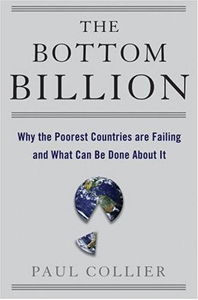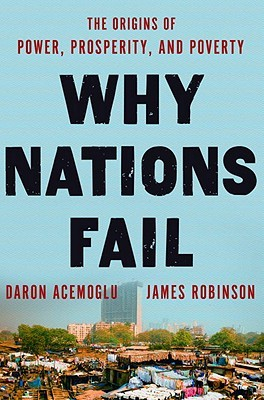Resources on Situations of Conflict and Fragility
|
The Bottom Billion: Why the Poorest Countries are Failing and What Can Be Done About It asserts that 50 failed states — home to the world’s poorest 1 billion people — pose the central challenge to the developing world in the 21st century. It suggests a number of relatively inexpensive but institutionally difficult changes; notably, that aid agencies should increasingly be concentrated in the most difficult environments and accept more risk (Paul Collier, Oxford University Press, 2007). |
|
|
European Report on Development 2009: Overcoming Fragility in Africa aims to stimulate debate and research on development issues and amplifying the EU’s voice internationally. It bridges expertise in development-related issues in research and academic institutions and policy-making throughout Europe (Robert Schuman Centre for Advanced Studies, European University Institute, Brussels, 2009). |
|
|
Fragile States 2013: Resource Flows and Trends in a Shifting World is an annual report that serves as a tool to monitor the levels, timing and composition of resource flows to fragile states. This edition (i) takes stock of the evolution of fragility as a concept, (ii) analyses financial flows to and within fragile states between 2000 and 2010, and (iii) identifies trends and issues that are likely to shape fragility in the years to come (DAC INCAF, OECD, 2012). |
|
|
Why Nations Fail: The Origins of Power, Prosperity, and Poverty is a highly accessible book that attempts to explain why similarly endowed countries diverge so dramatically. It integrates the best of economics, history and political theory to answer the question of why some nations are rich and others poor, divided by wealth and poverty, health and sickness, food and famine (Daron Acemoglu and James A. Robinson, Crown Publishers, 2012). |




